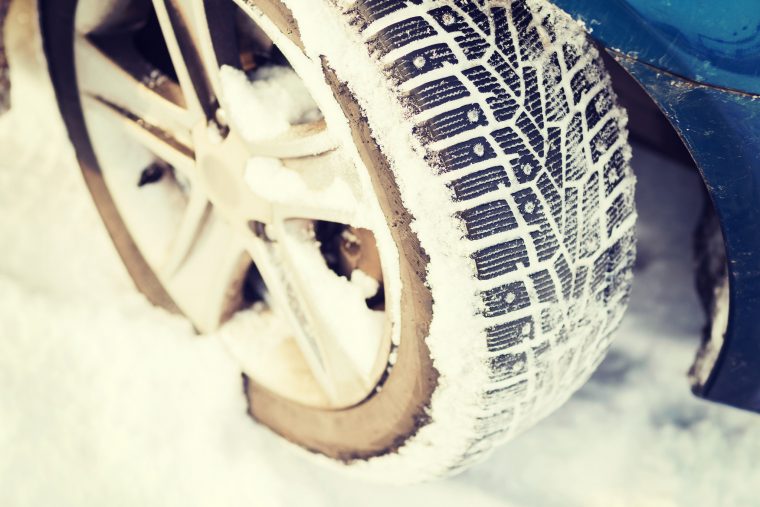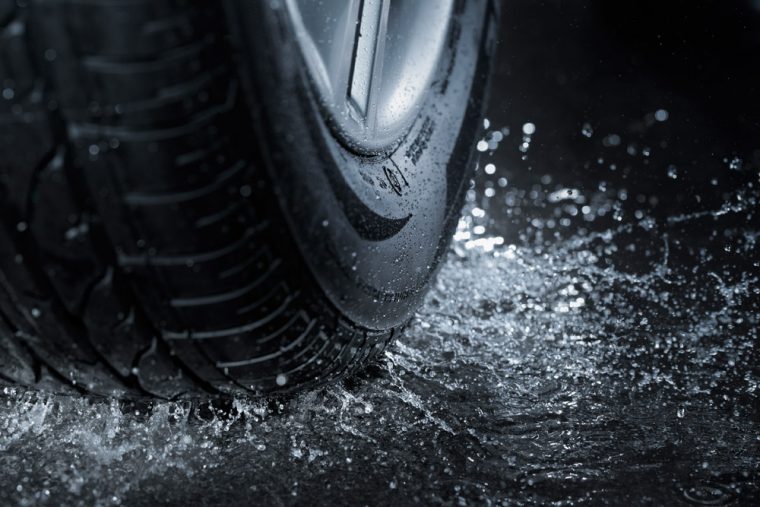How, Exactly, Do Tire Treads Work?
Tires are one of the most talked-about parts of your car, and so I found myself wondering just what goes into those treads, and why are they there?
If we drove exclusively on dry paved roads, we wouldn’t need treads, as the most surface area possible is available to push against the road to move the car forward.
However, as we in Ohio are well aware, we don’t always have the luxury of clean, dry roads. As soon as a treadless tire hits a puddle, it is temporarily held up by the water caught between it and the ground, which generates far less friction. In other words, you would start hydroplaning, because the water can’t get out from under your tread fast enough for it to solidly touch the pavement.
That’s where tread comes in. Without getting into any math, the various grooves provide room for water to get out of the way, allowing the tire to make better contact with the road.
Of course, different tread patterns do different things for you, but the gist of the matter is that the more slippery material (be it water or mud) that the tire needs to go through, the larger the voids between tread blocks will need to be to maintain the same traction. So, a mud-optimized tire will have big voids between blocks, while a Formula 1 tire will likely be as smooth as possible.
Sources: AAMCO, University of South Carolina, Pep Boys

The News Wheel is a digital auto magazine providing readers with a fresh perspective on the latest car news. We’re located in the heart of America (Dayton, Ohio) and our goal is to deliver an entertaining and informative perspective on what’s trending in the automotive world. See more articles from The News Wheel.



